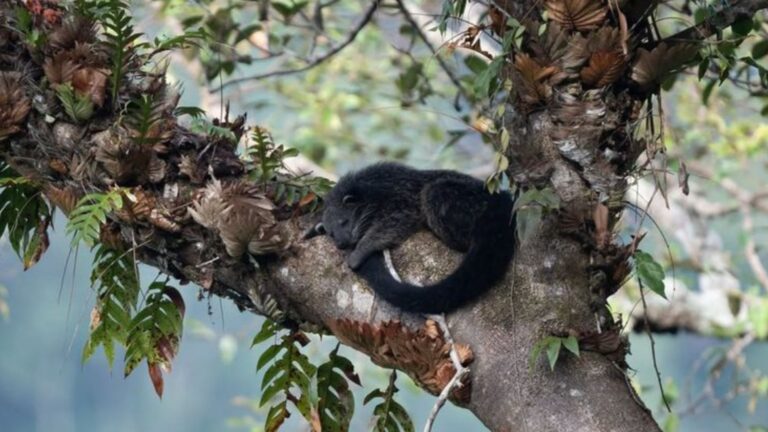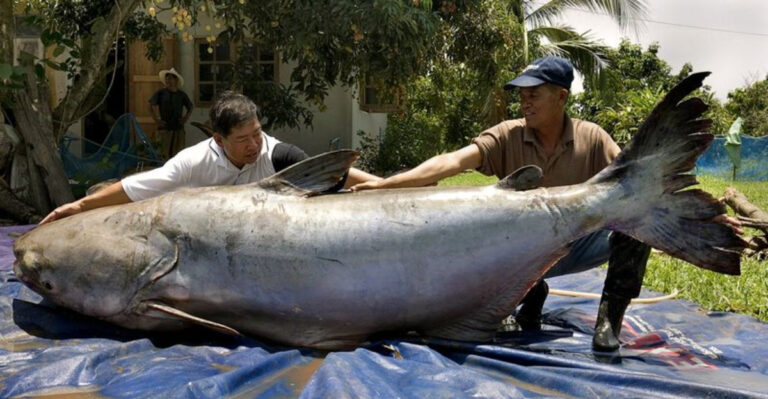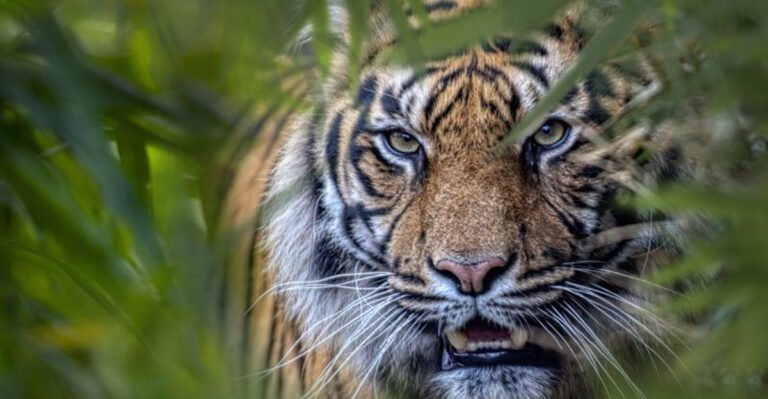Geneticists Bring Back A Near-Extinct American Species

Ever wondered what happens when science steps in to save a vanishing species? In an amazing breakthrough, geneticists have successfully cloned the black-footed ferret, pulling this adorable American critter back from the edge of extinction.
This scientific miracle combines cutting-edge technology with conservation efforts, offering new hope for biodiversity in North America’s prairies.
1. The Cloning Of A Near-Extinct American Species
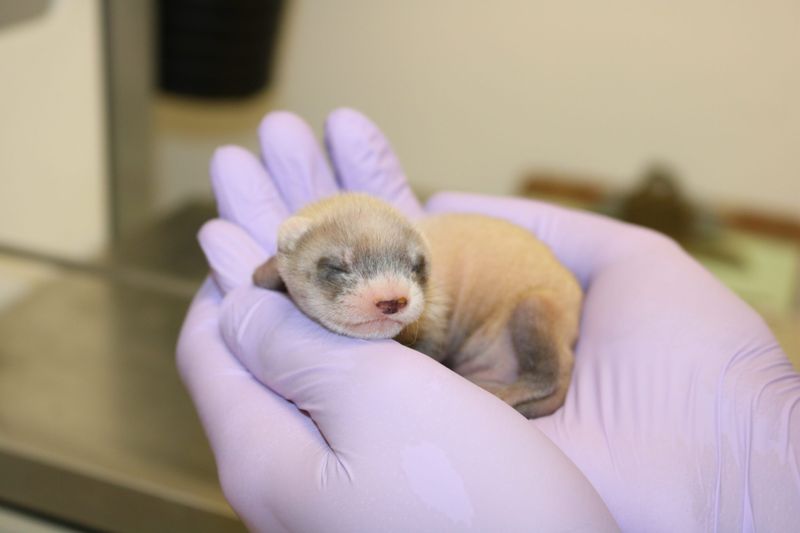
Back in 2020, scientists made history by creating Elizabeth Ann, the first-ever cloned black-footed ferret. She wasn’t just any lab experiment—she represented a revolutionary approach to saving species.
Her DNA came from Willa, a ferret that died in 1988 whose cells were frozen in a special zoo bank. Elizabeth Ann’s birth proved that decades-old genetic material could create new life!
2. A Brief History Of Its Decline
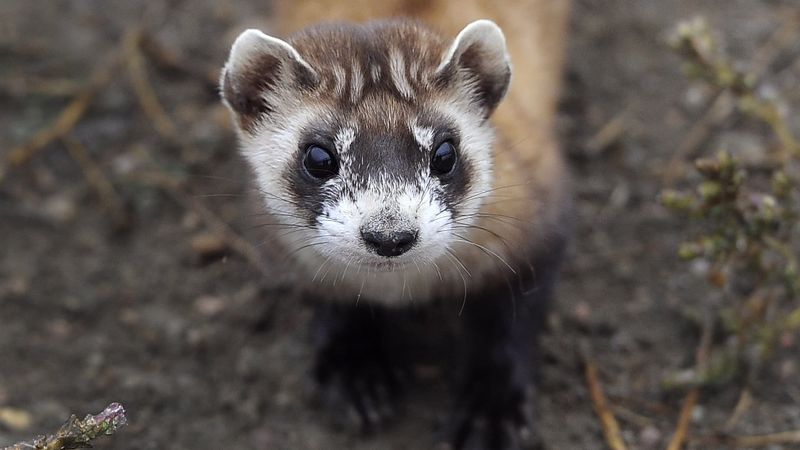
Once thriving across America’s Great Plains, black-footed ferrets nearly vanished when farmers poisoned prairie dogs—their main food source. By 1979, they were declared extinct in the wild!
A shocking discovery changed everything in 1981 when a ranch dog in Wyoming brought home a dead ferret. This lucky find led to the last wild colony, with just 18 survivors becoming the ancestors of all living black-footed ferrets today.
3. Geneticists And Their Role In Cloning The Black-Footed Ferret
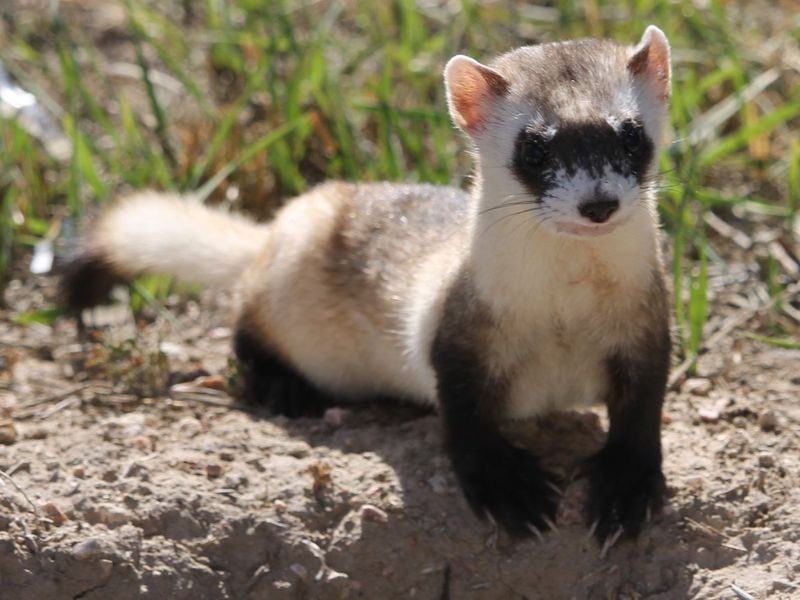
Revive & Restore, a wildlife conservation group, teamed up with the U.S. Fish and Wildlife Service and pet cloning company ViaGen Pets for this groundbreaking project. The scientists faced unique challenges since they were working with decades-old DNA.
Unlike regular breeding programs, these geneticists had to figure out how to transfer genetic material into donor cells and create embryos. Their success opened doors for saving other endangered species through similar techniques.
4. Why Cloning The Black-Footed Ferret Matters For Conservation
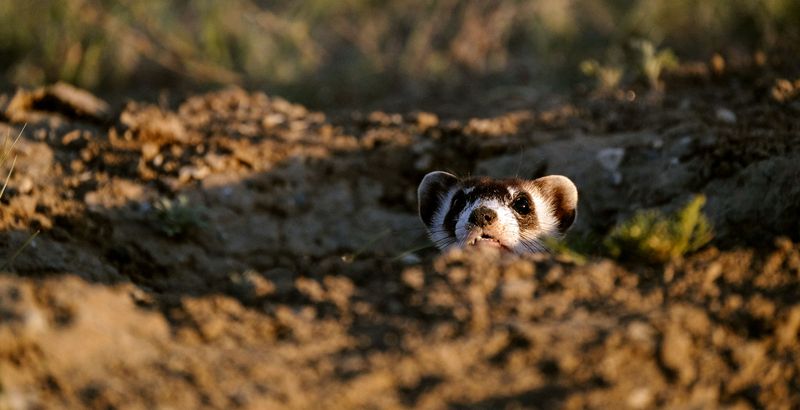
Genetic bottlenecks happen when too few animals are left to breed. All modern black-footed ferrets come from just seven ancestors, making them super vulnerable to diseases and birth defects.
Cloning introduces fresh genes from animals that lived before this bottleneck. Think of it as finding a treasure chest of genetic diversity! This variety helps the species adapt to challenges like climate change and new diseases that might otherwise wipe them out.
5. The Science Behind Cloning: How It Was Done

Scientists started with cells preserved from Willa, a ferret who died over 30 years ago. They extracted the nucleus (the part with DNA) and placed it into a domestic ferret’s egg that had its own nucleus removed.
This egg, now containing Willa’s genetic material, was zapped with electricity to start dividing like a normal embryo. Then it was implanted into a surrogate mother ferret who carried and gave birth to Elizabeth Ann—genetically identical to Willa!
6. The Challenges Faced In Cloning A Species At The Brink Of Extinction
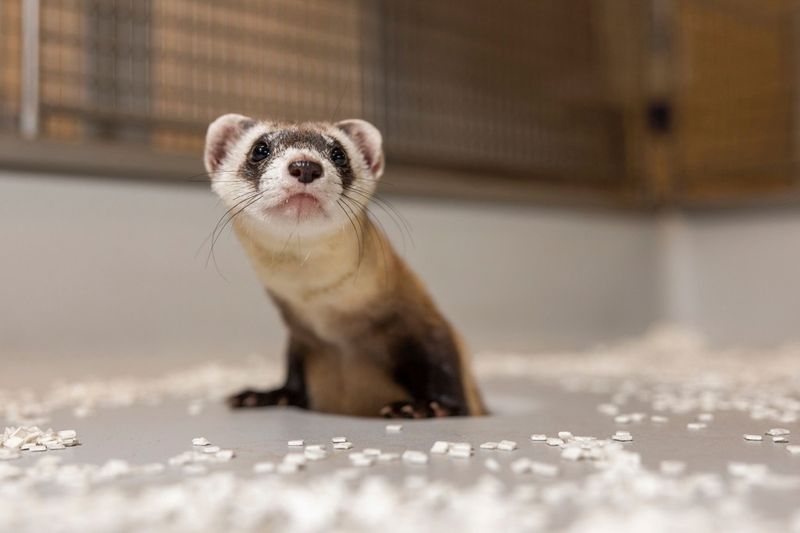
Frozen cells from the 1980s weren’t exactly in mint condition! Scientists had to repair damaged DNA before cloning could even begin. Finding surrogate mothers was another hurdle—domestic ferrets had to carry black-footed ferret embryos.
Money troubles nearly derailed the project several times. Conservation funding is always tight, and cutting-edge science isn’t cheap. Plus, many people questioned whether resources should go to cloning rather than habitat protection.
7. Past Cloning Efforts And Their Impact

Elizabeth Ann isn’t the first endangered animal to be cloned. In 2003, scientists created a Banteng (a wild cattle species) using cells frozen for 25 years! Unfortunately, it only lived 7 years.
The Pyrenean ibex became the first extinct animal temporarily “de-extinct” through cloning in 2009. The clone only survived minutes, but proved the concept was possible. These earlier attempts, despite mixed results, paved the way for the ferret’s successful cloning.
8. Ethical Considerations In Cloning Endangered Species
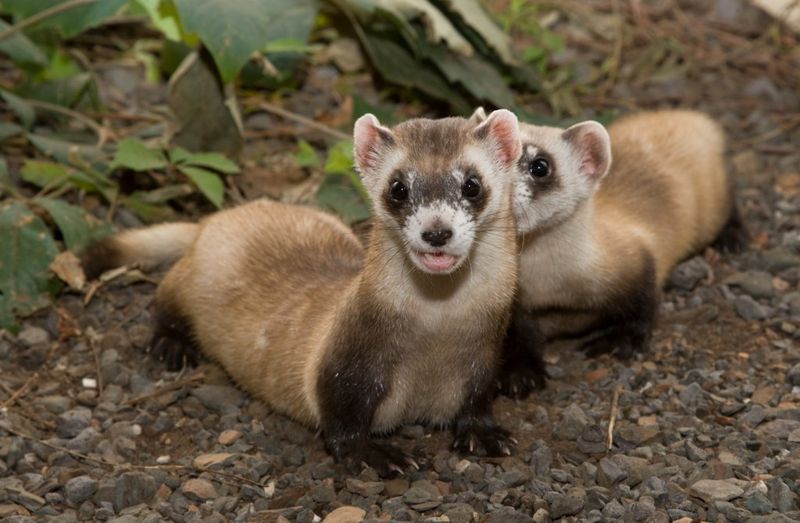
Some folks worry we’re playing God by cloning animals. Is it right to bring back species when their habitats are still threatened? Others question if we’re just creating zoo specimens rather than truly saving wild populations.
Animal welfare concerns exist too. Many cloned animals have health problems. For every successful clone like Elizabeth Ann, many failed attempts and suffering can occur. These ethical questions make scientists carefully weigh when cloning is appropriate versus other conservation methods.
9. Cloning Vs. Traditional Conservation Methods

Traditional conservation focuses on habitat protection and captive breeding programs. These methods have helped recover species like the California condor, but they can’t solve genetic diversity problems.
Cloning offers a genetic rescue option when traditional methods fall short. It’s super expensive though—Elizabeth Ann’s creation cost millions! The best approach combines both: use cloning to boost genetic diversity while continuing habitat protection and natural breeding programs.
10. The Role Of Genetic Diversity In Rebuilding The Ferret Population
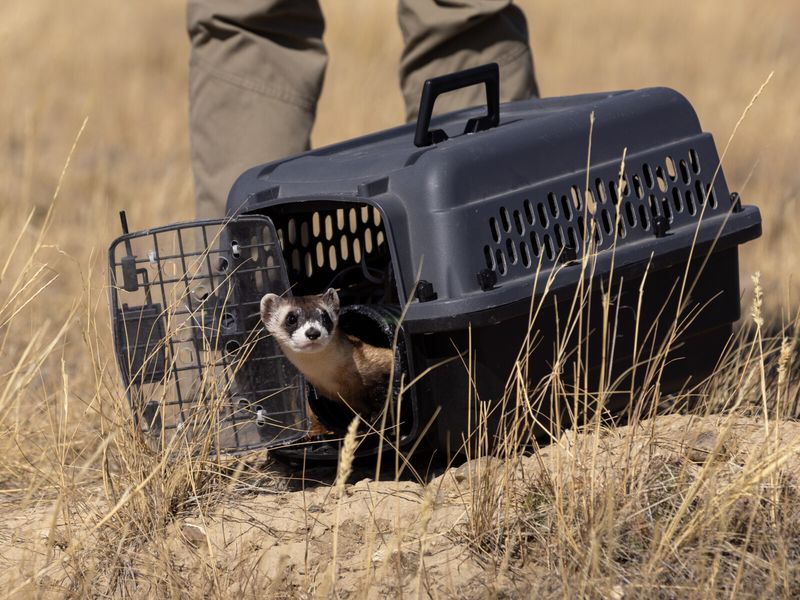
Genetic diversity acts like an insurance policy for species. When all animals have similar genes, one disease could wipe them all out! That’s exactly what happened when sylvatic plague hit ferret populations—they had no natural resistance.
Elizabeth Ann’s genes come from before this genetic bottleneck. Scientists hope breeding her descendants with current ferrets will create offspring with stronger immune systems and fewer genetic defects. This mixing of old and new genes could create super-ferrets better equipped to survive in the wild!
11. Introducing The Cloned Ferret To Its Natural Habitat
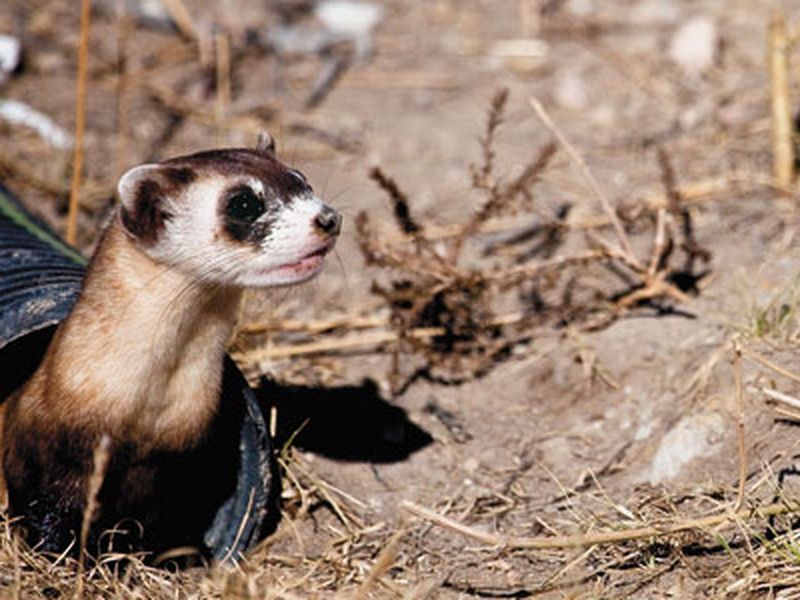
Elizabeth Ann won’t be released into the wild herself. Instead, she lives at a special conservation center in Colorado where scientists study her behavior and health. Her future offspring might pioneer the return to prairie homes!
Before any cloned ferrets hit the wild, they must learn crucial survival skills like hunting prairie dogs and avoiding predators. Training involves exposure to live prey in controlled settings. Scientists must also ensure prairie dog colonies are healthy enough to support new ferret populations.
12. Public Reactions To The Cloning Of The Black-Footed Ferret
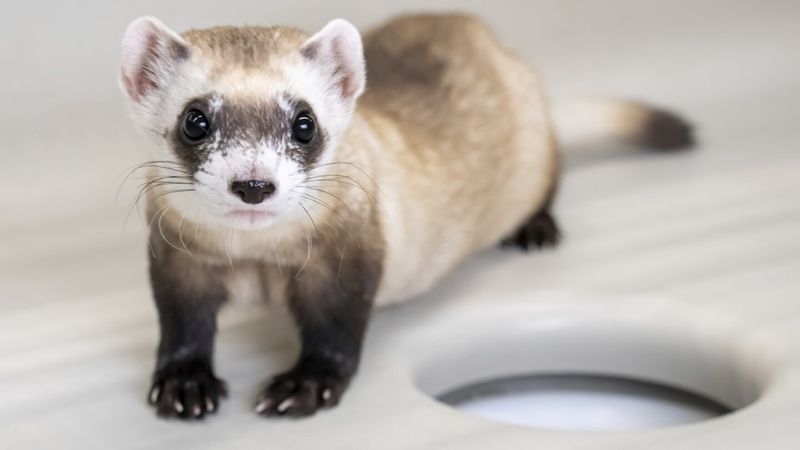
When Elizabeth Ann’s existence was announced, social media exploded with mixed reactions! Many people celebrated this scientific achievement as a win for conservation, sharing adorable photos of the clone.
Others worried about a “Jurassic Park scenario” where technology goes too far. Conservation groups mostly supported the effort, while some religious organizations questioned the ethics. Despite the debate, Elizabeth Ann became a fuzzy ambassador for conservation technology, putting endangered species in the spotlight.
13. The Future Of Cloning For Species Conservation: What’s Next?

Scientists already have their sights set on bringing back the passenger pigeon and woolly mammoth using similar techniques! These ambitious projects combine cloning with gene editing to recreate extinct species.
For currently endangered animals like the northern white rhino (only two females remain), cloning might be their last hope. As technology improves and costs decrease, we’ll likely see more conservation cloning attempts. The black-footed ferret’s success story is just the beginning of this new conservation frontier!
14. Funding Conservation Through Genetic Technology
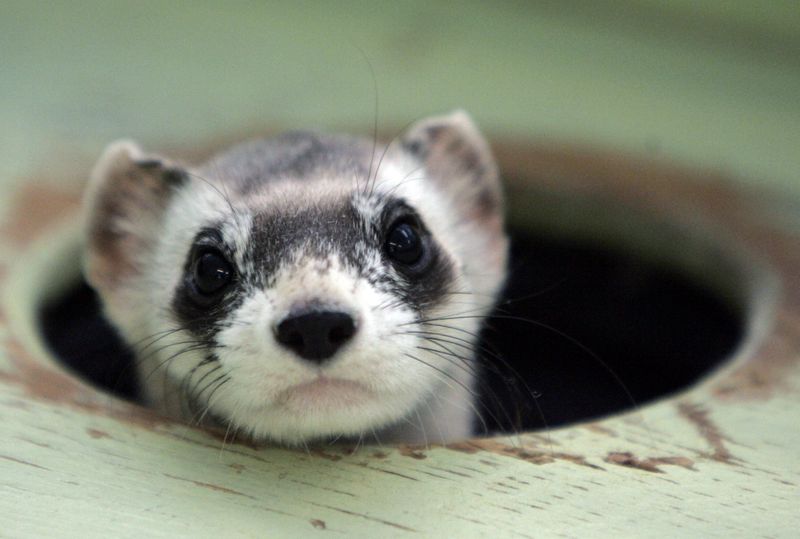
The black-footed ferret cloning project cost around $400,000—a hefty price tag for conservation! Private donors like Revive & Restore joined forces with government agencies to foot the bill.
This new model of conservation funding brings together tech entrepreneurs, traditional conservation organizations, and government programs. As cloning technology becomes more mainstream, costs should drop. The ferret project proves that investing in genetic solutions can attract new funding sources that might not support traditional conservation approaches.
15. How Cloned Ferrets Help Prairie Ecosystems

Black-footed ferrets aren’t just cute—they’re ecosystem engineers! As specialized hunters of prairie dogs, they help control populations naturally without the poisons that harm other wildlife.
Prairie dogs, despite being considered pests by ranchers, create complex burrow systems that benefit many species. When ferrets keep their numbers in check, it creates a balanced ecosystem. Reintroducing genetically diverse ferrets could restore these natural relationships, helping entire prairie communities thrive again.
16. Global Lessons From The American Ferret Recovery
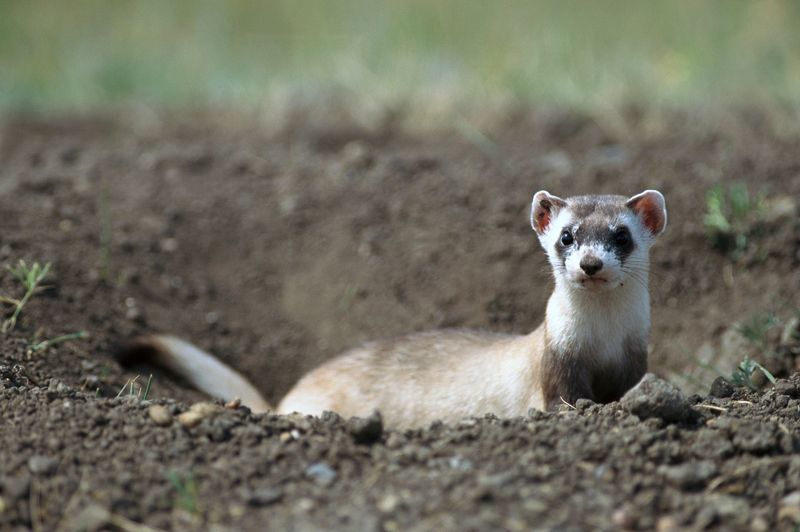
Australia has taken notice of the ferret cloning success! Scientists there hope to apply similar techniques to save the northern hairy-nosed wombat—another critically endangered mammal.
China’s giant panda conservation program is exploring genetic rescue options too. The ferret project provides a blueprint for international conservation teams to follow. By sharing data, techniques, and even equipment across borders, scientists are creating a global toolbox for bringing species back from the brink.

